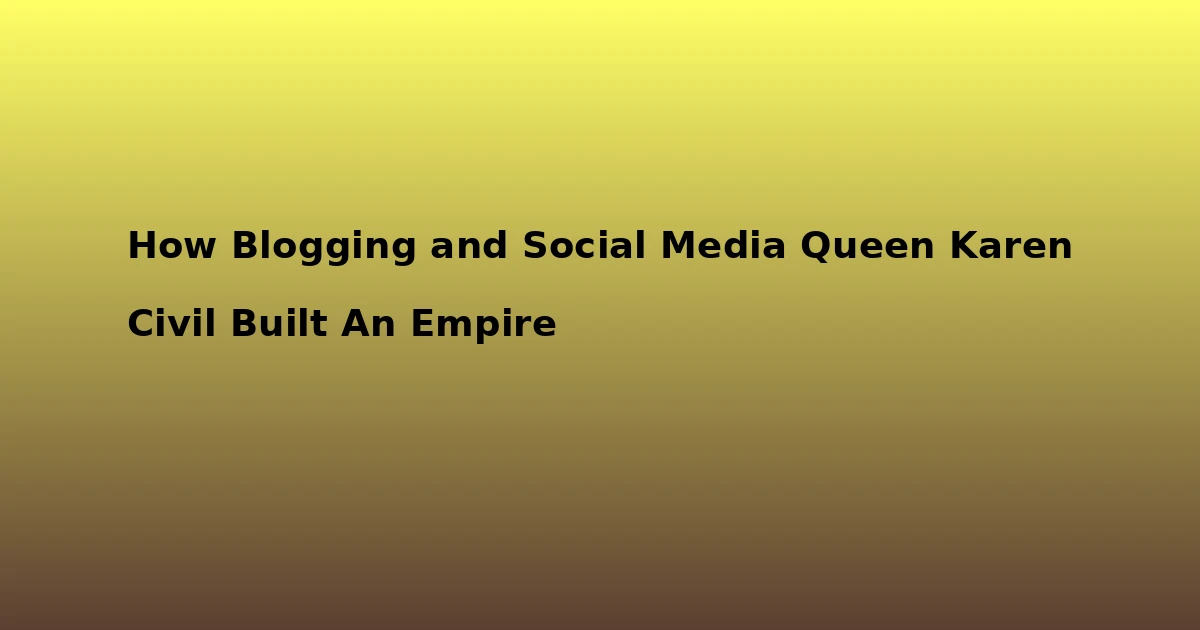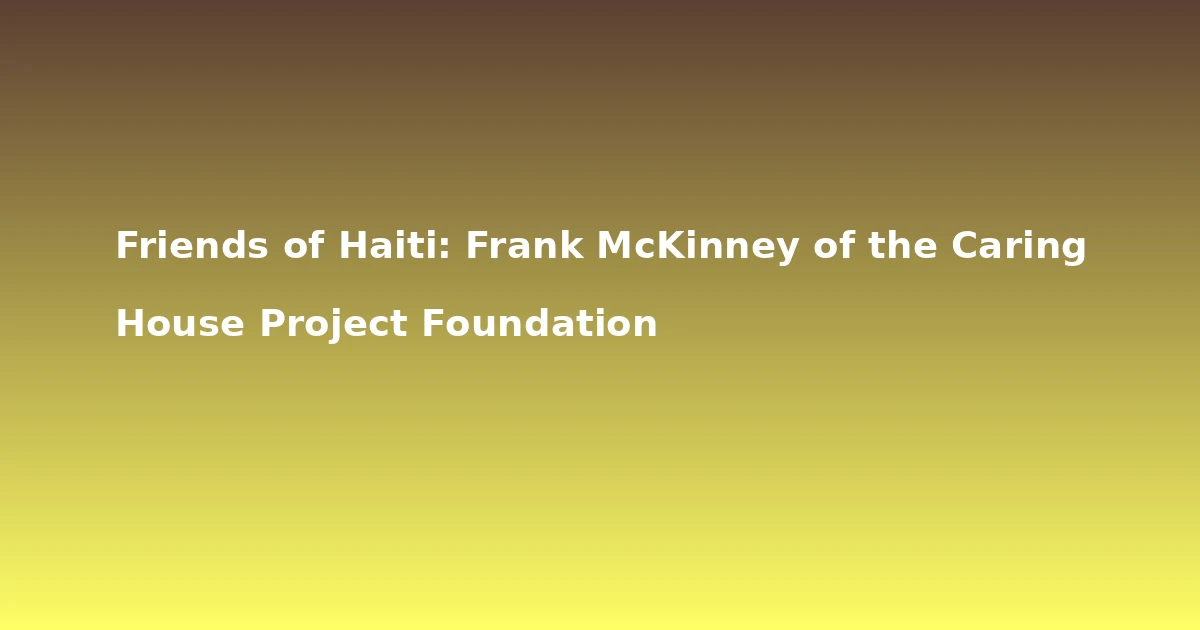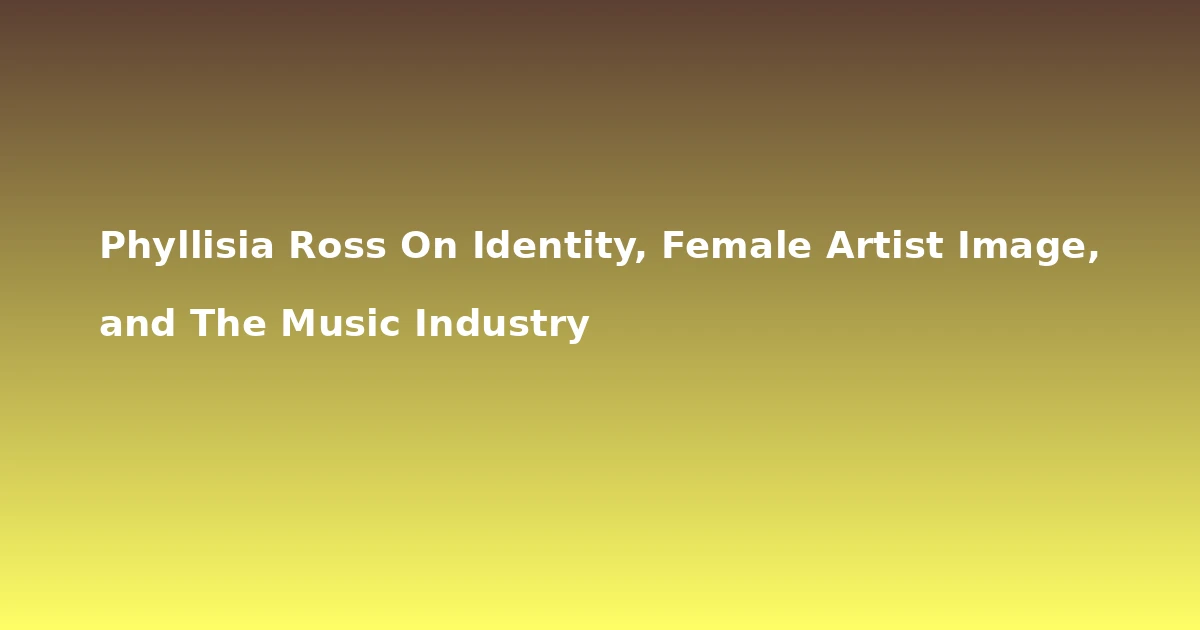For anyone on the international art scene, and especially those who collect and appreciate Haitian art, Claude Dambreville is a true master. His paintings have a distinct quality to them, that even the most adept imitator dare not duplicate. Born in 1934, and being an integral part of the initial wave of painters who gained fame beyond Haiti’s shores, Dambreville tends to depict market women, and the beauty of Haiti’s enterprising street market business women. He takes note of their grace, their poise, and transforms them into masterpieces.
Ruth Kahn of , a New York-based Caribbean and Latin American art dealer and appraiser, notes that Dambreville’s paintings are consistently in demand and cites the painter as one of the firm’s best-selling artists. What is it about a painting that has always created excitement among art collectors and lovers of Haitian art from France’s famed Mitterand family to designer Pierre Cardin to Hollywood actor Denzel Washington? What has made his paintings so special over the years.
Kahn thinks she knows. “His use of light, color, shadow and composition set him apart from the many artists that choose to paint this subject that so clearly depicts Haiti,” she explains. She elaborates: “Claude’s women are strong, beautiful and serene—they grace walls all over the world and show the strength and character that Haitians have. He imparts this sensitivity into the faces of all the others that he paints, old men and women, mothers with children, musicians, each subject’s personality jumps off the canvas.”
In the beginning, Dambreville’s parents didn’t exactly jump with excitement at the idea of their youngest becoming a painter, especially when he was offered a lucrative job at a bank in Port-au-Prince. It was bad enough that he had scoffed at the idea of studying civil engineering. After trying his hand at several things, including drawing comics for a Haitian daily newspaper, and in radio as a broadcasting personality, Dambreville enrolled in the famed Centre D’art and afterwards took correspondence art courses from a Paris-based art school. He studied at L’atelier—another influential art school in Haiti under Néhemy Jean and Pétion Savain, and eventually married the latter’s daughter Bettyna.
Dambreville’s reputation has only grown over the years. Besides being widely collected, have been fixtures in every major art exhibitions around the globe; companies have licensed his work for greeting cards, and his name adds automatic prestige and value to any piece that he creates.
What do you remember of your childhood?
As the youngest child, I was really pampered by everybody. My childhood was so nice, so delightful that my mind has accurately kept a lot of happy and imperishable memories of my infancy.
Now upon graduating from school, you were offered a prestigious job at an international bank in Haiti. Do you remember the first time you realized that you had talent as a painter?
Since I was twelve or thirteen years old, I realized that I had talent as a draftsman. In my drawing courses, the teacher was always saying that my works were the best of the whole class.
It’s so different for the painting. Even with talent, if you want to realize a good artwork, you must acquire the know-how of the pictorial art, and above all, learn to look at any object any scene, any person with the eyes of a painter. And a painter is so demanding towards himself that he is seldom quite satisfied with his work, and no wonders if he has talent. Only the people who are seeing his paintings will take his talent in consideration.
Painting is not so different from writing a book? You’ve even written a novel: Un goût de Fiel (A Taste of The Bitter). How are the two artistic processes different?
Painting and writing are actually two different processes.
You can write an article or even a book without any tool in your hand. Writing is entirely intellectual, since everything is happening in your brain. Not the same thing for painting which is hybrid.
That means this art is at the same time intellectual and manual. An artist can imagine a scene, a portrait, or a still life for a long time, but to allow that these works start being material, the painter must bring them to life, using his brushes.
Would you write another novel?
I am looking forward to writing a novel, but this project is not imminent.
Which do you like most: writing or painting?
Writing and painting provide me with the same pleasure. However, these two activities are very absorbing, and when you start one of them, you have to finish your work, before switching over to the other.
What was Haiti like in the 1960s?
In the 1960s, if somebody were not mixed in politics, he was obliged to live in Haiti, but with great reluctance and especially when he could not afford to leave the country. Business was flourishing , tourists were flooding, and kidnapping was almost nonexistent.
The only problem was the murderer behavior of the politic militia towards the government opponents.
Would you say it was a golden era?
Everyday life was worrying for mature people. But for young people life was acceptable, and only the studies, the entertainments, and the drives with friends were important. I never long [for] that era. With the distance, I realize how it is sad and humiliating to live in a dictatorship.
Sometimes it’s sad for some to note that Haiti’s biggest talents such as yourself live outside of Haiti—in your case in Puerto Plata, Dominican Republic. I’ve heard people wonder why Haitians live in the Dominican Republic, when Haiti is right next door.
I spent twelve years in Puerto Plata, Dominican Republic. But since the beginning of 2012, I have been living in Miami, Florida.
I didn’t lose my artistic contacts with Haiti. And through the art galleries, an important part of my pictorial production can be seen in my country. For an old couple living alone in a big house, life was a permanent threat.
In the Dominican Republic, my wife and I always had a certain feeling of security, that we were not able to experience in our own country. That doesn’t mean it is quite safe in Dominican Republic, but like anywhere we were careful at home and in the streets. If, despite everything some bad thing should happen, we would call the police, and we would have immediately an effective help and good protection.
The fact that you were the baby of your family apparently had some bearing on the fact that you became a painter. Your parents originally wanted you to become a civil engineer, and you balked at the idea. Then there was the big offer from the banking company and you scowled at that too.
Had you been the oldest in the family or a middle child, you probably would not have gotten away with that!
Absolutely not. If I were the oldest or middle child, it’s certainly would be more decent for me to get a good job at the soonest. We were five children, and my father didn’t earn enough money for the financial requirements of the family.
When your parents saw that you were being paid three times the monthly banking salary for two paintings, did they apologize for not believing in you from the beginning?
My mother had already passed away, but my father was really enjoying the success of my early days in the promising field of painting.
Effectively, I happen during an art exhibit at the Art Center to sell two paintings for five hundred dollars, that is three times the monthly salary of $150.00 that I would receive from the bank.
A Claude Dambreville painting is very distinct. Where do you find the inspiration for your paintings?
I take my inspiration from the popular and rustic life of Haiti. In my opinion, it’s the only way to identify myself as a Haitian Painter.
When a company or a person commissions a painting as opposed to you being inspired…do you find that you create them differently?
I always get enthusiastic about painting. What I am interested in, is to achieve success in whatever work I am creating, from commission or from my inspiration.
What were the name of your parents?
Lamoricière Dambreville and Fernande Chabeau.
What is the most important lessons that your parents taught you?
To be honest and show anybody respect.
You were trained in Haiti’s famed Center of Art. Do you feel that it has had a big impact on your development as an artist? Do you think that you would be a less better artist had you not gone there?
The Center of Art has been the starting point of my integration in the art of painting.
That’s all. It has nothing to see with my development as an artist. Moreover, I didn’t stay there for a long time, and studied with two other well-known painters: the late Pétion Savain, and the late Néhemy Jean.
This is probably asking you to choose a favorite among your two kids, but it won’t hurt to ask. Do you have a favorite painting from your collection?
Yes. A Group of Jazz Musicians, a big still life, and A Fish Merchant.
Any of them have a special story behind them?
The story behind the jazz musicians is that in 1983, I was invited by the American government to visit New Orleans and many other American cities. I was strongly impressed by these artists playing jazz in open air and especially in Bourbon Street.
Do you have any advice for someone wanting to be an artist, not necessarily a painter per se?
My advice is: stay simple in spite of success, continue to study and fulfill his work conscientiously.
The famous Haitian jazz singer and bandleader and later art collector Issa Saieh was also instrumental in your career. How did you meet him?
I met Issa Saieh in a hotel where I used to exhibit my paintings. Impressed by the success of my works, he offered me to be one of my sellers.
What was he like?
He had an eternal smiling face, and couldn’t help himself from telling jokes, while he was taking care of the most serious business.
What’s the best compliment anyone has ever paid you?
I have been working as a professional painter for so many years, that I have heard all kinds of compliments very flattering. But by temperament I am never overwhelmed by compliments, and I simply forget them.
Have you ever created a painting that was difficult to part with?
No. When I like a painting I am so glad that it can please somebody else. But if my wife for a reason or another wants to keep a painting, her decision is irrevocable.
For some of us who may never have been to Haiti, and for those of us who have been to Haiti, but who don’t know the Haiti our parents, and grandparents, and great-grand parents knew…what do you want us to know about that Haiti?
It is difficult, not to say impossible, for the young of today to imagine how was the Haiti of yesterday. Although the population had already started to grow, our country, apparently, stayed fixed in the old times. In Haiti, before 1950, we could see vehicles pulled by horses.
No television, no supermarkets. A country where you could walk in the streets at any time, night and day, without ever feeling unsafe. The deforestation had not started to lay waste the land.
You could constantly breathe an air pure, fresh, or nicely mild. A quiet place where the sweetness of life was obvious, provided that your financial situation was not too low.
If you could leave one painting to your sons Vadim and Tao-Claude as the epitome of your legacy, which would you leave?
I don’t like to speak about post mortem arrangements. That prevents me from enjoying my present.
Last Updated on December 2, 2025 by kreyolicious



